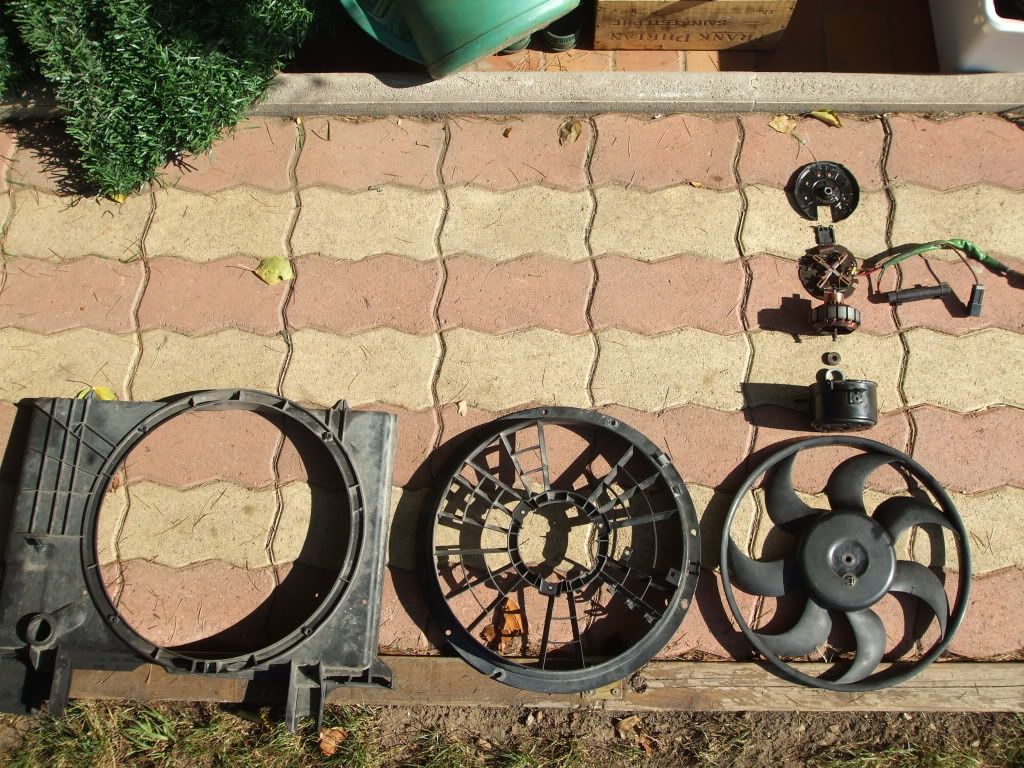Quote:
Originally Posted by piper109

I don't think it matters that the thermostat is in the coldest part of the block. When the engine is so hot that it needs the cooling fan to run to supplement the radiator, the thermostat would normally already have been wide open for a long time.
The role of the thermostat and the role of the fan switch are at opposite ends of the cooling requirements.
The role of the thermostat is to gaurantee the minimum working temperature of the engine is reached and it can limit coolant flow to achieve this.
The role of the fan switch and the fan is to gaurantee the maximum working temperature (with conventional coolant) is not exceeded.
On the D24 engines, the water pump circulates the coolant very quickly from the top of the engine to the bottom and the pipe going through the cold start on the IP is only a few centimetres long, carrying the hottest coolant to the thermostat.
I think the VW engineers put the thermostat where it is for good reasons and it probably allows the engine and heater to get up to working temperature faster.
In a conventional way, the coolant is coolest at the bottom of the radiator. The coolant flow in the D24 conforms to this convention in spite of the fact that the thermostat is low down, as it is in many VW engines.
When moving along a road, with unassisted air going through the radiator, the coolant would normally not reach the temperature hot enough to turn on the fan, even at 88 C.
If the fan switch is in the top hose with the switch in the kit at 88 C, it could conceivably turn on before the thermostat was fully opened and prevent the engine from reaching correct running temperature or at least make it take longer to reach it.
Also, if the fan switch was in the top hose, when the engine was turned off, residual heat would continually rise and keep the fan running for some time until the whole engine and cooling system was cooled down to the point where the fan turns off.
With the switch in the bottom hose, the fan will stop running as soon as the coolest part of the engine reaches the turn-off point and then the engine will cool down albeit slower, but without any battery drain.
Incidentally, the way I have it installed, the low speed fan turns on at 88 C and the high speed turns on at 92 C, as suggested by X-eng.
I dont think I have ever seen the high speed come on yet but then diesels tend to run cool anyway.
I know other manufacturers probably run fans in a different way but the way X-eng chooses seems to make sense to me and I am comfortable with it.
cheers, Steve
|
Thank you for the explanation !
i can see more clearly the role of each component on a global way of thinking now.
the place of the thermostat is still strange for me but eh ! i think the dudes wich built the d24 knew what they did at the vw factory.
the redblock have the thermostat in the head, but like you said ,the diesel work a bit cooler than gas ones and the warm up period on a long big diesel engine was certainly in their mind .
i think i'm going to do this system : the X-eng stuff : a T with 2 thermoswitch for safety and the volvo fan and relay with the high speed automatic and the low speed manual maybe.
i finish my build
http://d24t.com/showthread.php?712-d24-NA and i adapt the E fan.
i've changed the bearing on it and it spin better now !

